- What We Do
- Agriculture and Food Security
- Democracy, Human Rights and Governance
- Economic Growth and Trade
- Education
- Ending Extreme Poverty
- Environment and Global Climate Change
- Gender Equality and Women's Empowerment
- Global Health
- Water and Sanitation
- Working in Crises and Conflict
- Disaster Assistance
- Political Transition Initiatives
- Conflict Mitigation and Prevention
- Countering Violent Extremism
- Disaster Risk Reduction
- Peacebuilding and Reconciliation
- Providing Safe & Secure Environments for Development
- Recovering From Crisis
- Resilience
- Tech Challenge for Atrocity Prevention
- World Humanitarian Day
- U.S. Global Development Lab
-
Learn More
VDAP travels around the world to help countries prepare for and respond to volcanoes.
-
Learn More
USAID's Office of U.S. Foreign Disaster Assistance and the U.S. Geological Survey established VDAP in 1986.
-
Learn More
VDAP worked with the Geological Survey of Tanzania to assess ashfall from the Ol Doinyo Lengai volcano.
-
Learn More
The Volcano Disaster Assistance Program (VDAP) helps prevent eruptions from becoming disasters.
Volcano Disaster Assistance Program Fact Sheet ![]() (pdf - 754k)
(pdf - 754k)
There are approximately 1,500 potentially active volcanoes around the world and only one international volcano response team that can deploy to help prevent eruptions from becoming disasters: the Volcano Disaster Assistance Program (VDAP)
There are approximately 1,500 potentially active volcanoes around the world and only one international volcano response team that can deploy to help prevent eruptions from becoming disasters: the Volcano Disaster Assistance Program (VDAP), now celebrating 30 years of providing technical assistance worldwide. USAID’s Office of U.S. Foreign Disaster Assistance (USAID/OFDA) and the U.S. Geological Survey established VDAP in 1986 in response to the tragic eruption of Nevado del Ruiz Volcano in Colombia, which killed more than 23,000 people from volcanic mudflows.
With more than $33 million of USAID/OFDA support, VDAP scientific teams have deployed in response to 30 major crises, assisted counterparts with hundreds of additional volcanic events, and strengthened response capacity in 12 countries since the program began. At the request of affected governments, VDAP helps fellow scientists monitor volcanic activity, assess hazards, generate eruption forecasts, and develop early warning capabilities to get people out of harm’s way. To mark this milestone anniversary, we’re highlighting some of the major responses that demonstrate how VDAP has helped save tens of thousands of lives over the past 30 years.

A Behind-the-Scenes Look at What It Takes to Deploy with the World’s Only International Volcano Response Team
On Christmas Eve 2008, I got a phone call that turned into a professional and personal opportunity of a lifetime. Read More >
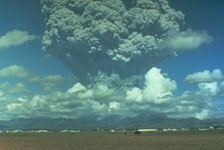
Remembering Mount Pinatubo 25 Years Ago
The world’s largest volcanic eruption to happen in the past 100 years was the June 15, 1991, eruption of Mount Pinatubo in the Philippines. Read More >

The (Deadly) Sleeping Beauty
Indonesia has 127 volcanoes, and 77 of these remain active. Many of these active volcanoes are located near highly populated areas, including the Ijen volcano group in East Java. Ijen is a part of a 20 kilometers wide caldera including the Gunung Merapi stratovolcano, which is the highest point. The name “Gunung Merapi“ means “mountain of fire“ in Bahasa Indonesia. Read More >
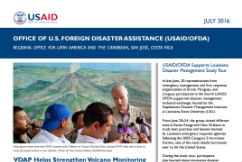
VDAP Helps Strengthen Volcano Monitoring Systems in Latin America
Scientists from VDAP visited the active Turrialba and Masaya volcanoes in Costa Rica and Nicaragua recently to provide technical assistance to the countries’ geological service agencies and help strengthen monitoring and forecasting systems. Read More > [pdf]







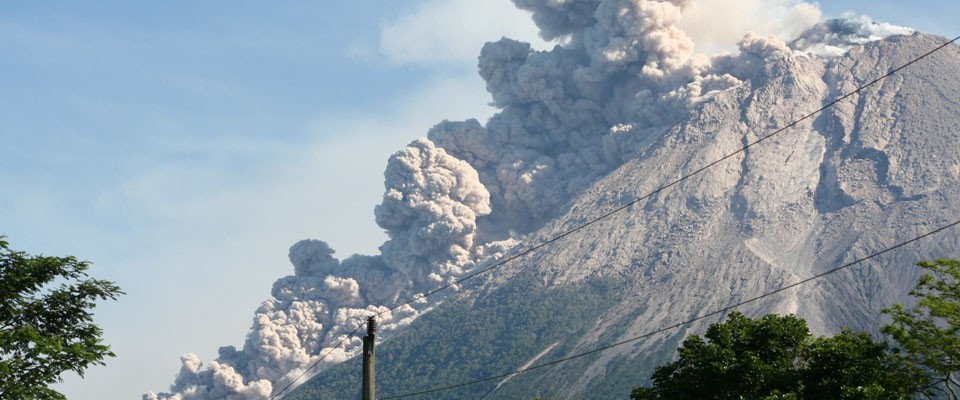
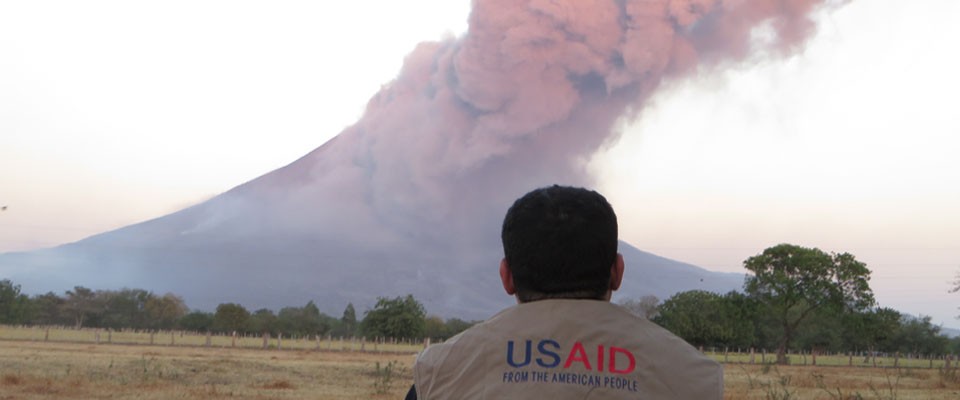
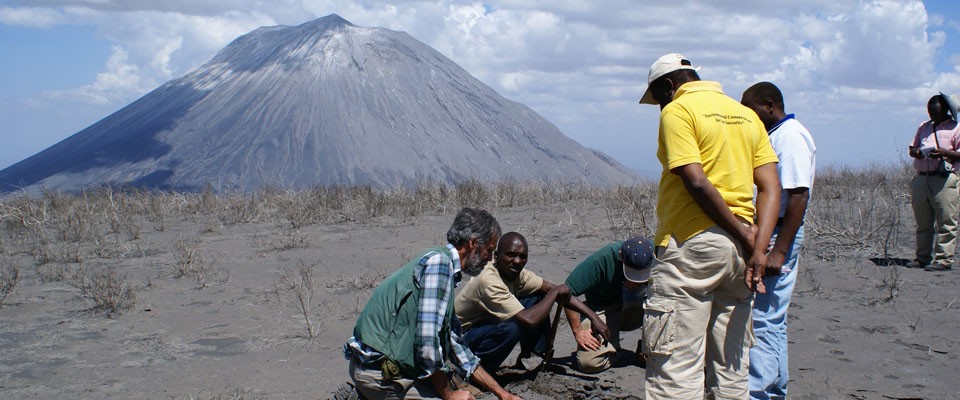
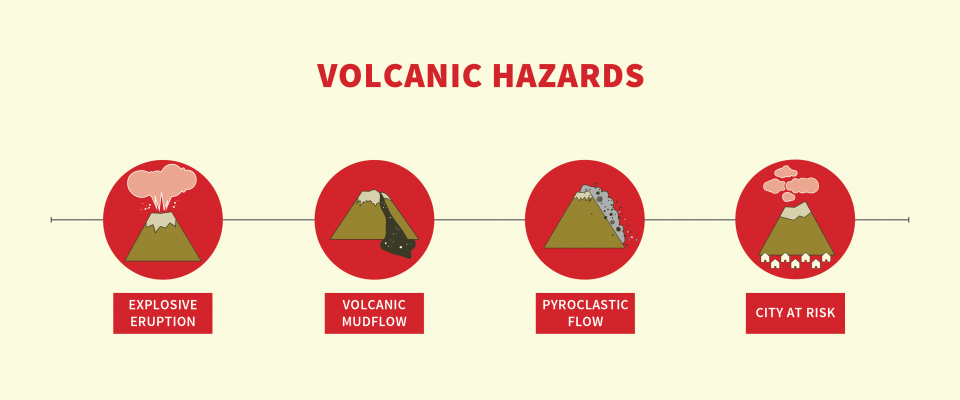
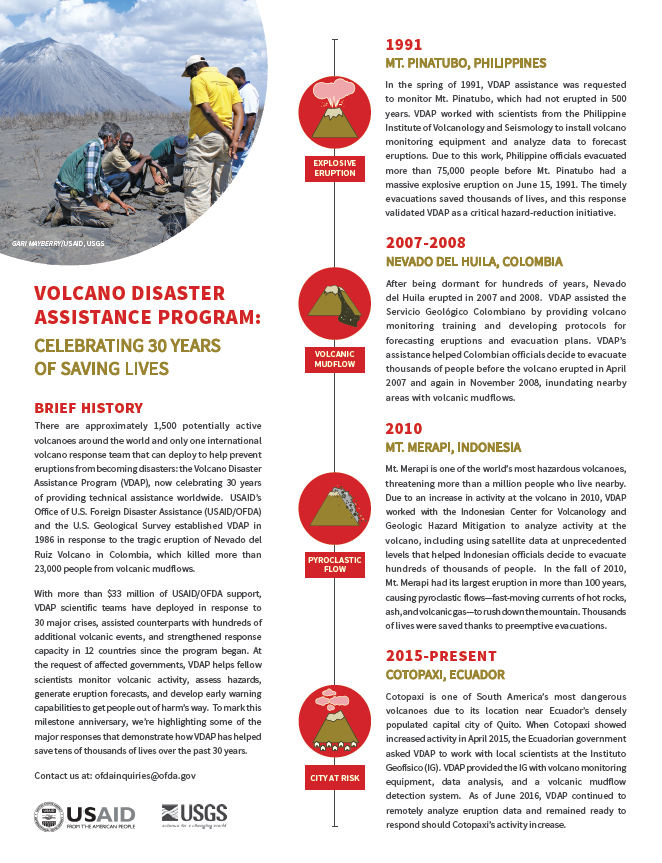
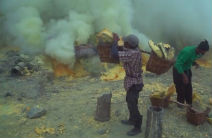
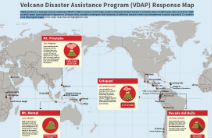
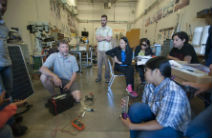
Comment
Make a general inquiry or suggest an improvement.